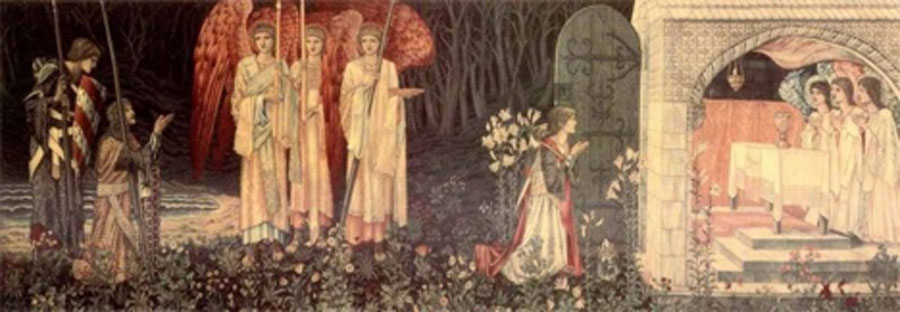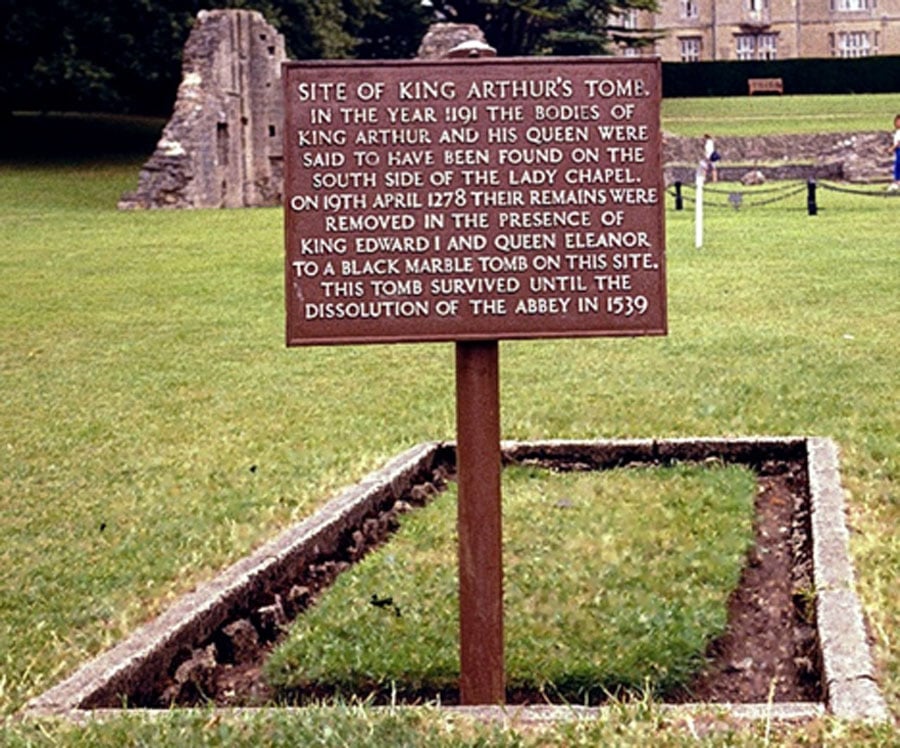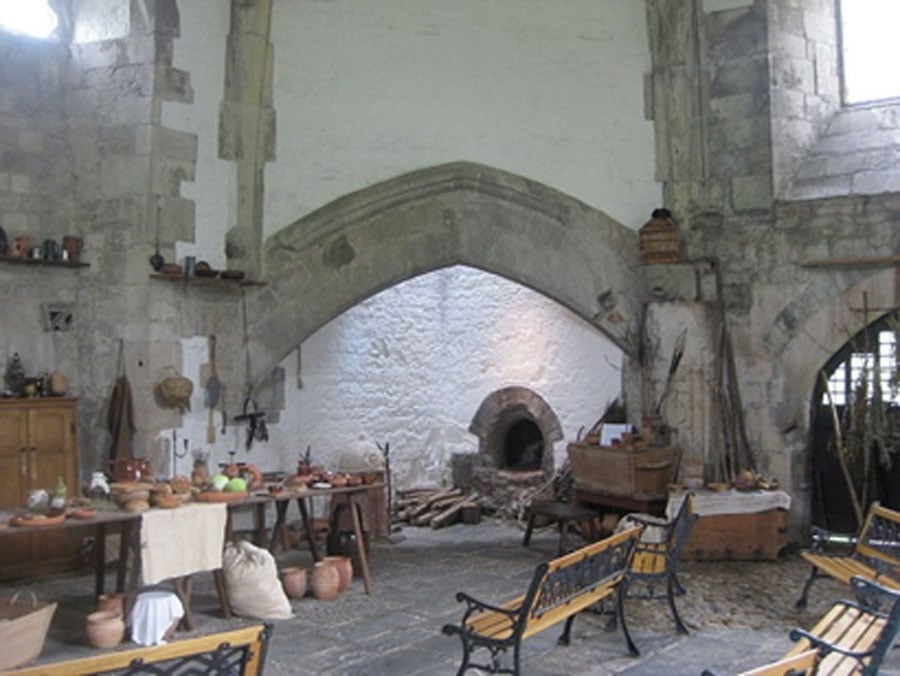
Psychic Archaeology Uncovers Lost Structures at Glastonbury
‘The Company of Avalon’ was a group of monks who allegedly directed excavations at Glastonbury Abbey from behind the scenes, so far behind the scenes in fact from the ‘other side’. In the early 1900’s an unconventional architect, Frederick Bligh Bond, aided by an army captain, solicited the help of deceased monks, by means of ‘psychic archaeology’ to uncover structures long lost to the naked eye.

Vision of the Holy Grail by William Morris (1890) Museum and Art Gallery of Birmingham (Public Domain)
The Humble Beginnings, Rise and Destruction of Glastonbury
In AD 63 ancient chronicles record that Joseph of Arimathea, the member of the Sanhedrin who had provided the tomb for Christ’s burial 30 years previously, would have arrived from the Holy Land to a location in the southwest of Britain, called Ynis Witrin, and that he had brought along a chalice. Was this the ‘Holy Grail’ used by Jesus during the Last Supper and purportedly the cup which caught the blood from wounds inflicted on Jesus during the crucifixion on Golgotha? About 100 years later, in AD 166 a humble chapel dedicated to St. Mary was built on this location. During the following centuries and also as a result of religious persecution, the small local Christian community was dispersed, and the chapel was deserted. In AD 720 on the same site, in the Celtic Glass Island - so called because it was characterized by a hill that emerged from the surrounding 'glassy' marshes - some Saxon monks, on the orders of King Ine del Wessex, revived and extended the original nucleus of the church.

Site of what was supposed to be the grave of King Arthur and Queen Guinevere on the grounds of former Glastonbury Abbey, Somerset, UK (CC BY-SA 3.0)
In AD 940 it was no longer called Ynis Witrin but renamed Glastonbury. The chapel built by the pious monks was enlarged and a Benedictine monastery dedicated to St. Dunstano, formerly Abbot of Glastonbury and later Archbishop of Canterbury, was constructed. During the following years, the monastery was transformed into a magnificent abbey of Gothic style, which was destroyed by fire in 1184. During the renovation in 1190, the monks - as the Chronica sive Antiquitates Glastoniensis Ecclesiae inform - discovered the tombs of a man and a woman and a plaque on which, in a cross, is engraved the phrase: "Hic iacet sepultus inclitus Rex Arturius in Insula Avalonia". The tomb of King Arthur?
In AD 1539, following the decree of dissolution issued by King Henry VIII and the advent of the new Protestant regime, all the buildings of the Abbey - of what was the most impressive religious building ever built in the land of Anglia - were destroyed, with the exception of the 'kitchen' of the Abbot. The Abbey was never revived and left in ruins and its stones were even used to pave stables and streets - a conscious desecration of what had been the most important religious and economic center of England.
In AD 1907 the ruin of the Abbey was bought by the Anglican Church, while the Somerset Archaeological and Natural History Society took charge of the excavations to be undertaken of what remained of the buildings.





